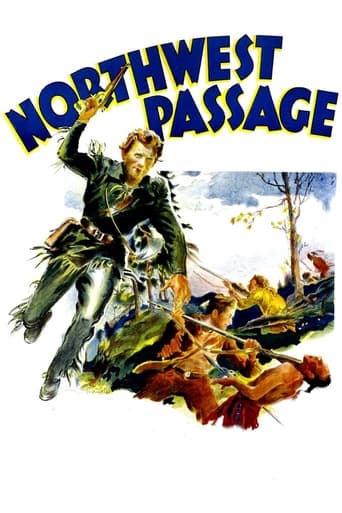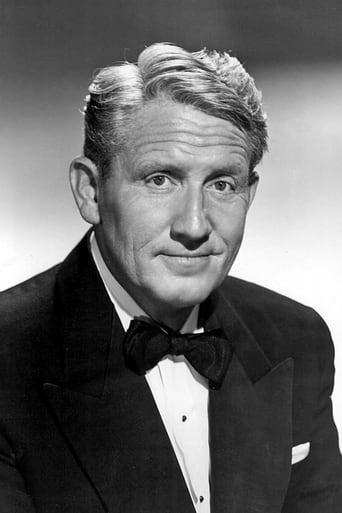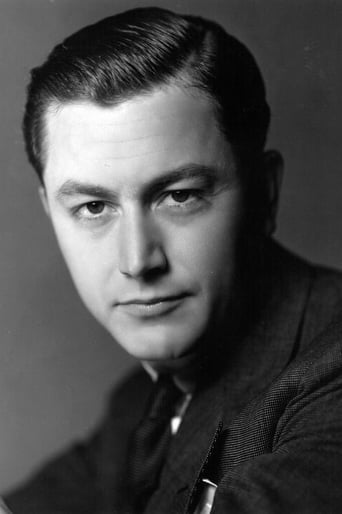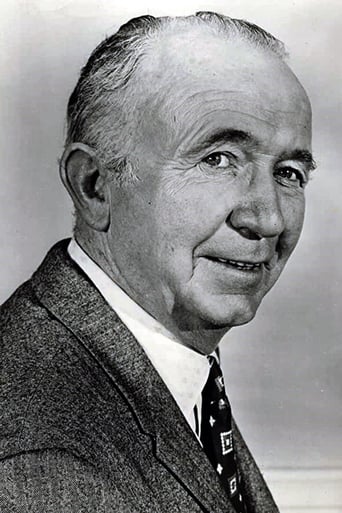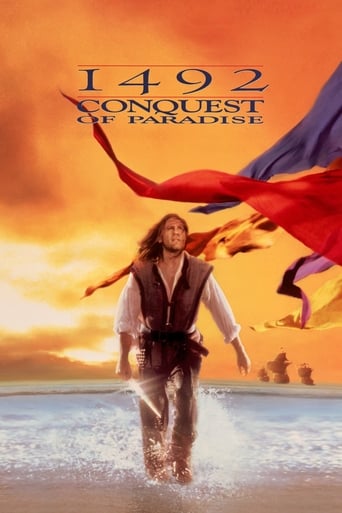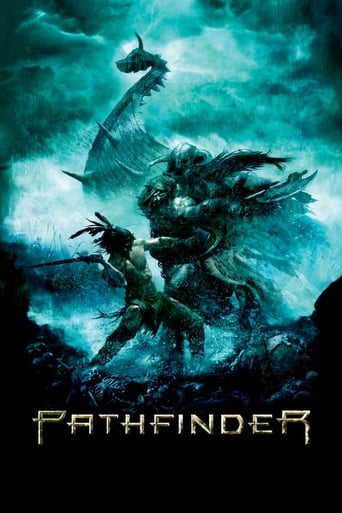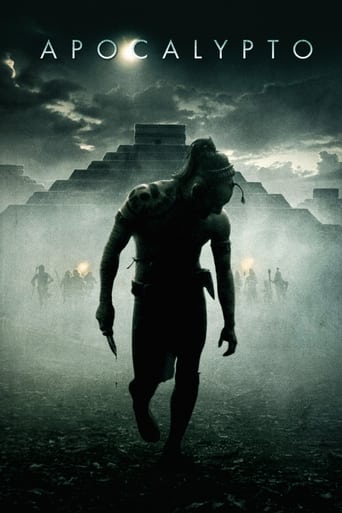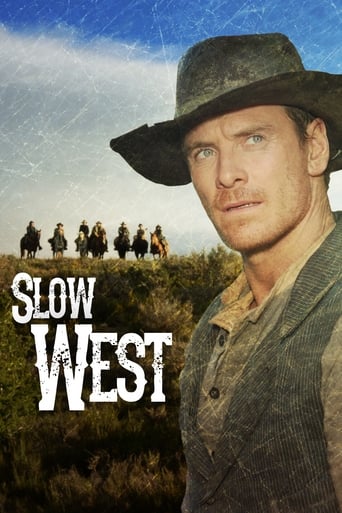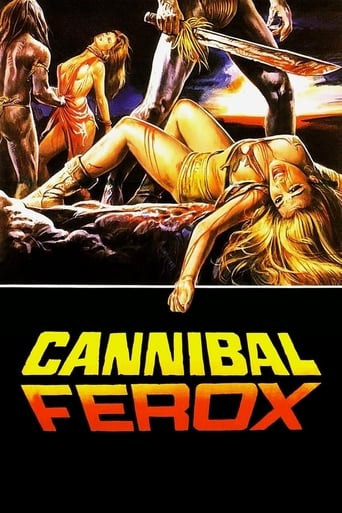Northwest Passage (1940)
Based on the Kenneth Roberts novel of the same name, this film tells the story of two friends who join Rogers' Rangers, as the legendary elite force engages the enemy during the French and Indian War. The film focuses on their famous raid at Fort St. Francis and their marches before and after the battle.
Watch Trailer
Free Trial Channels
Cast


Similar titles
Reviews
Not even bad in a good way
Nice effects though.
Good story, Not enough for a whole film
I think this is a new genre that they're all sort of working their way through it and haven't got all the kinks worked out yet but it's a genre that works for me.
Lead Spencer Tracy had recently led an exploration expedition into darkest Africa, in "Stanley and Livingstone". Now, with similar bravado, he leads a military expedition through the wilderness, from Crown Point, on Lake Champlain, to the French Canadian- Abanaki village of St. Francis, whose warriors had been raiding settlers in the New England frontier. The screenplay is based upon the novel of the same title, which was based on history. It was filmed in gorgeous Technicolor: the first Tracy film given the color treatment. Part was filmed in the MGM studio and part in the mountains of Idaho.I noticed something unusual in the main characters included. Tracy was the dramatic lead, while Robert Young was the fictional romantic lead: with an aristocratic bearing, who had spent some time at Harvard before being kicked out. He was a painter, made maps for Rogers during the expedition, and was probably one of the few literate members of the expedition. In the film "Hudson's Bay", released the following year, we have a very similar situation. The screenplay is mostly about traveling around in the Canadian wilderness in the 1600s, collecting furs. Paul Muni is the roguish historical dramatic lead, while John Sutton, as his fictional aristocratic companion, is the romantic lead. In both films, a fictional female lead is present. Why was a fictional romantic lead teamed with the man of action? In both cases, the actor playing the romantic lead was in his early 30s vs. 40s for the man of action, and was more handsome. Thus, by reason of age, looks, and lack of aristocratic bearing, the dramatic lead was deemed a poor match for the beautiful, aristocratic, female lead. Also, the man of action was too restless, moving around in the wilderness most of the time, to settle down with a wife. Another interesting tidbit I discovered: The female lead's character was named Elizabeth Browne, which was also the maiden name of the wife of the real Robert Rogers!While on the subject of women, there were 2 European women captives in St. Francis. The older one, who hadn't been there so long, was glad to be rescued, while the younger one, who had been captured when a girl, and was now a teen, thought of herself as an Abanaki, thus resisted being "liberated". This was a typical contrast among females captured by 'Indians'.In St. Francis, we see many Abanaki warriors killed. Rogers claimed abut 200 Abanaki were killed. But the French reported that only about 30, all women and children were killed, as the men were all out on a raid. Since Rogers reported losing about 100 men on the expedition, if the French information is close to correct, this was a pyrrhic victory, although the number of settlers killed in raids did decline after St. Francis was burned. Reportedly, Rogers often exaggerated his accomplishments. Otherwise, the screenplay is remarkably faithful(for a Hollywood film) to the historical details.Rogers was next assigned to the mid-Great Lakes region, where he captured Detroit, as well as other French outposts. Later, he did send several parties to look for a northwest passage to Asia. But, he gradually spiraled into debt and alcoholism, thus played only a very minor and chaotic part in The Revolutionary War, mostly siding with the British. I have to wonder whether, at the subliminal level, the Abanaki are supposed to represent Nazi Germany, as I have proposed is relevant to several Errol Flynn films of this era. This one differs from the Flynn films, in that it is tightly based on a historical incident.The anticipated telling of Roger's adventures in the mid and western Great Lakes region in a sequel film was cancelled. Thus, the title given to this film makes no sense. The title of this review would have been much more appropriate, perhaps shortened to Roger's Rangers.I give this film a high rating for historical accuracy, quality of presentation, and entertainment value. See it. You will never forget it. I think Tracy should have received The Best Actor Oscar, but he had already taken home several Oscars in the last few years. Perhaps the film should have taken home an Oscar, as well.
Two months before his death in 1957, Kenneth Roberts received a special Pulitzer Prize for his historical novels. Of them, Northwest Passage was his most famous. It consisted of two distinct parts, and was the second best selling American book of 1937 (after first having been serialized in the Saturday Evening Post).MGM's 1940 movie is based on the first, and in my opinion, better part of the book. It recounts Major Robert Rogers' 1759 raid on St. Francis, an Abenaki village, during the French and Indian War. As Rogers, Spencer Tracy gives a powerhouse performance, King Vidor delivers the directorial goods, and the storyline, itself, is very exciting. Indeed, I remember Northwest Passage fondly from my childhood, and consider it a classic. However, because of today's values, it probably appeals more to conservatives than liberals.In 1945, Warner Brothers' Objective, Burma! (starring Errol Flynn) used the same plot without attribution--a Japanese transmission station replacing the Indian village. (Directed by Raoul Walsh, it too is very well done.) Then, in 1951's Distant Drums (starring Gary Cooper), director Walsh again used the same plot without attribution. This time the movie (which is not so well done) occurs during The Seminole Indian Wars (1835–1842), and the initial objective is an old Spanish fort, lying deep within the Everglades.In conclusion, I'm not shocked that Hollywood recycled Roberts' plot without attribution. (You only have to remember Dorothy Parker's quip "The only 'ism' Hollywood believes in is plagiarism.") I am, however, somewhat shocked that Roberts did not sue. (His reputation was that of an acerbic curmudgeon.) But, then again, maybe he just didn't know.
This movie is definitely a good watch but it's also definitely not a movie that is without its disappointments. You can't really blame anyone involved with this movie for that, since this movie was a troubled production from pretty much the start on already, which is also the reason why the initially planned sequel never got made.It's a movie with an adventurous story but yet at the same time there is also very little interesting, action- and entertaining-wise happening. It's mostly being a traveling movie, in which there is lots of talking but just too little action and else to enjoy and to consider this an entertaining movie to watch. They should had really attempted to spice up things a bit more, by perhaps putting in stronger characters and tell the story from some more different perspectives. That way the story would at least had been more lively and interesting to watch. The movie now mostly feels like a very long sit, even though the movie is just over 2 hours long.But all these complaints don't mean that it's an horrible movie, by any means. It's still a good movie for what is is and you also have to keep in mind that this was an early '40's movie. Movies back in those days just weren't as fast paced and action packed as movies now days. They also certainly don't feature so much corny dialog as this movie does. It was quite laughable at times really and it made me cringe more than once.It's great that this movie got shot in full color. They make the wooded environments more vivid and also help the story to get more alive and involving to follow. Also definitely great to see Spencer Tracy in color, at a still relatively young age. Most big Hollywood leads from the good old days, like for instance Humphrey Bogart, never looked too well in color but Spencer Tracy is definitely an exception to this.Under the circumstances, it's not really a movie that did an awful lot wrong but it also at the same time didn't do much original or specular with its story either. This movie is definitely a good watch but it's just not a movie that I want to watch again, any time soon.7/10http://bobafett1138.blogspot.com/
Exciting picture with open-air spectacular scenes starts depicting in a foreword : ¨This is a story of our early America..of the century of conflict with French and Indians .. when necessity made simple men, unknown to history, into giants in daring and endurance . It begins on Potmouth New Hampshire in 1759...¨ This Technicolor MGM classical describing the troop of Rogers' Rangers battling the hostile Indians and wilderness. The historical novel Northwest Passage (1937), by American author Kenneth Roberts, portrayed the events of Rogers' Rangers' raid on the Abenaki town of St. Francis. The first half of the novel was adapted in this film by Talbot Jennings and Laurence Stallings , being lavishly produced and uncomprimisingly directed by King Vidor . It actually intents to be the first of a two-part epic but the second half was never realized and the Northwest passage itself is never seen. The picture is packed with spectacular battles, heroism , heartbreaking scenes and blood-letting deeds . The main cast ans secondary support give good performances with special mention to Spencer Tracy , Walter Brennan and Robert Young. It contains marvelously photographed in glimmer Technicolor by Henry Jaffa and adequate musical score by Herbert Stothart. This is a winner for Spencer Tracy fans.The story is based on real events , these are the following : During 1759, the Rangers were involved in one of their most famous operations: they were ordered to destroy the Abenaki settlement of Saint-Francis in Quebec. It has been the base for raids and attacks of British settlements. Rogers led a force of 200 rangers from Crown Point deep into French territory. Following the October 3, 1759 attack and successful destruction of Saint-Francis, Rogers' force ran out of food during their retreat through the wilderness of northern Vermont. Once the Rangers reached a safe location along the Connecticut River at the abandoned Fort Wentworth, Rogers left them encamped. He returned a few days later with food, and relief forces from Fort at Number 4 now Charlestown, New Hampshire, the nearest English town.In the raid on Saint-Francis, Rogers claimed 200 enemies were killed, leaving 20 women and children to be taken prisoner, of whom he took five children prisoner and let the rest go . The French recorded that only 30 were killed, including 20 women and children. According to Francis Parkman Ranger casualties in the attack were 1 killed and 6 wounded; however in the retreat, 5 were captured from one band of Rangers and nearly all in another party of about 20 Rangers were killed or captured. One source alleges that of about 204 Rangers, allies and observers, only about 100 returned.

